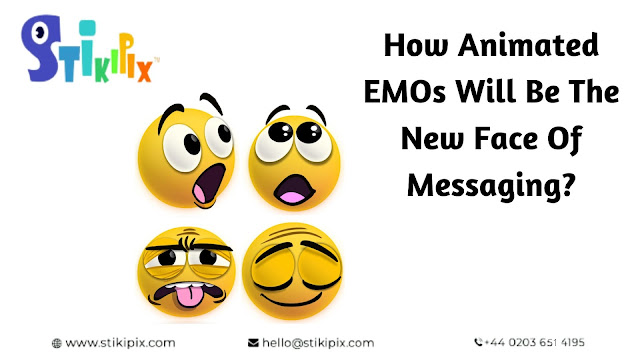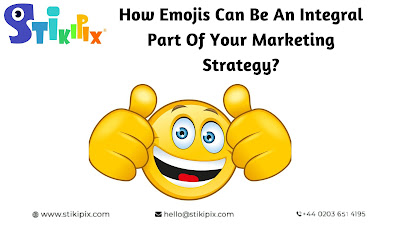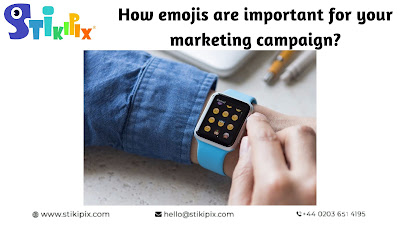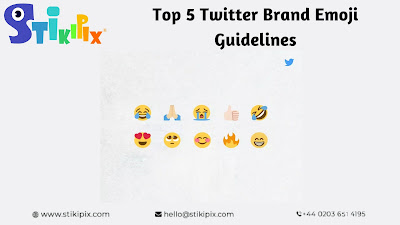How Animated EMOs Will Be The New Face Of Messaging?
The consumer's dispersed glance travels through several areas. The attention of consumers is split between displays and applications. The average consumer spends roughly four hours per day on mobile phones with text messages accounting for a majority of the communication time. Social, communications, media, and entertainment applications account for 50% of usage time. Communication that is only used for entertainment has been the main driver of this increase.
Brands and designers have a chance to engage their audience in every communication venue. EMO speed up these relationships, which is why they are so well-liked on messaging apps.
Personalised EMO bring clarity to a sentence that would otherwise be confusing because they are more informal than words. Using EMO, users may convey feelings like happiness and grief without having to use stiff words.
Animated EMO provide a more personal touch than standard text messages; they give the impression of receiving a handwritten letter. EMO are a worldwide language that cut across boundaries and defy convention. EMO make it easier to convey feelings clearly and swiftly. The EMO will change as communication technology develops further.
Numbers of EMO
• The Unicode standard has 2,666 EMO in all.
• Every day, 6 billion EMO are used in digital communication.
• In the US, 74% of individuals routinely send stickers, emoticons, or EMO in their online communications; they send 96 stickers or EMO on an average day.
Customers search for methods to improve the mobile messaging experience by expressing their feelings through photographs as our dependency on mobile devices for communication continues to grow. The most prominent example is undoubtedly EMO, but more recent additions like mobile GIFs, iMessage stickers, and Animoji are all adding fun and variety to the mix.
Nowadays, individuals communicate with one another instantly. When compared to reading text, our brains process symbols a thousand times faster. Pictographs offer chances for instantaneous identification. Graphic designers, typography experts, and illustrators now have more opportunities than ever to add value to their clients.
The origin of EMO
The oldest forms of the EMO language, which originated in Europe 35,000 years ago, were created to communicate ideas and human experience through symbols painted on cave walls. A sophisticated system of hieroglyphic characters was defined in ancient Egypt to facilitate communication throughout the continent. Similar designs have been adopted in more recent times to effectively and immediately convey meaning.
But since the invention of personal computers, pictograph designs have evolved to better express certain emotions. The first digital emoticon appeared in 1982, the first GIF was created in 1987, and the ASCII emoticon dictionary was registered with the US Copyright Office in 1997.
This idea of communicating with symbols instead of—or in addition to—words undoubtedly paved the way for personalised animated EMO to become widely accepted.
In 1999, a Japanese mobile communications company provided a collection of EMO symbols. The set was composed of 176 symbols, each measuring 12 by 12. 2011 saw the establishment of a standard EMO language and its incorporation into the iPhone keyboard.
Options were provided in the years that followed to support more racial and gender diversity in EMO. EMO Dick, a complete EMO translation of Melville's masterpiece, was released in 2013. 3,795,980 seconds were worked on by more than 800 workers to produce the book.
Custom EMO have been incorporated into all of the popular messaging services today, from Gmail and Facebook Messenger to Apple's App Store for iMessage. EMO are used as the standard form of text message replying on the Apple Watch. EMO are even used by weather applications like Poncho to more effectively convey a forecast's details than the phrase "partly cloudy" ever could.
EMO' future lies in democracy. There are other platforms available, such as the iMessage App Store. The entrance hurdles are reduced by incorporating unique EMO designs into our most popular forms of communication.
Conclusion:
EMO are used to connect with people and express emotions, but they still only allow users to utilise those that are already included in the collection of EMO that are readily available. Apple has developed Animoji, or animated emoticons, to increase the expressiveness of EMO.
The usage of face recognition technology in STIKIPIX EMO is what makes it so successful. Face recognition will be used by the iPhone X for a variety of purposes, including phone unlocking, security, and creating the ideal animated EMO. The user will be able to create and share animated EMO within the Messages app while controlling them with their face.




Comments
Post a Comment